Mobile plants
-
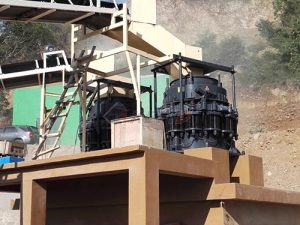
Gold Ore Crushing Equipment Manufacturing Best Price
-
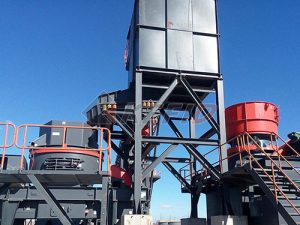
Industrial Impact Crushers Importer
-
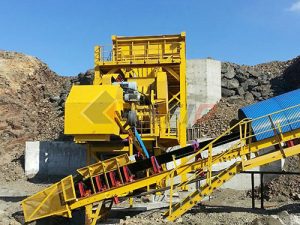
Custom Gold Ore Crushing Equipment Vendors
-
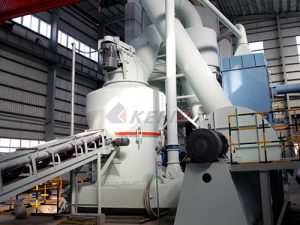
Stone Crusher Machine Maker Inspection
-
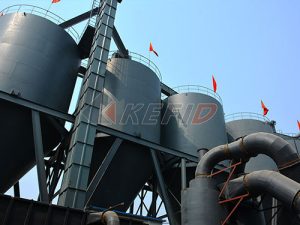
Export Coke Vibration Screen Brochure
-
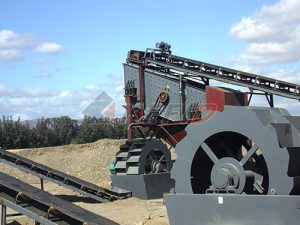
Bulk 500 Tph Gold Mining Washing Plant Shipping
-
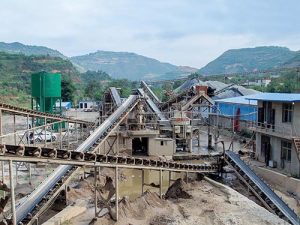
Professional Brick Making Machines Discount
-

Industrial Top Ten Stone Crusher Machine Distributor
-
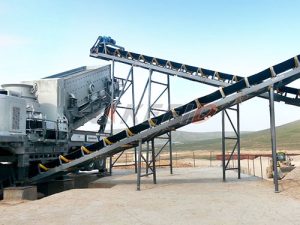
High Quality Slag Crusher Plant Discount
-
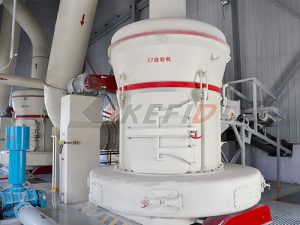
Sand Gravel Mining Delivery
-
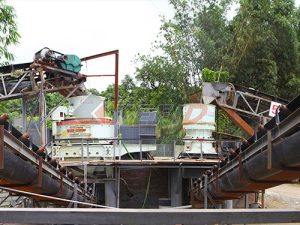
Coke Vibration Screen Contract Manufacturer Supply Chain
-
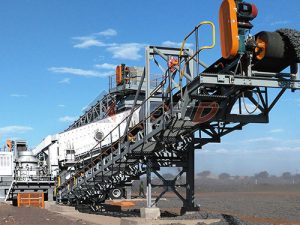
Wholesale Sand Gravel Mining Wholesaler



